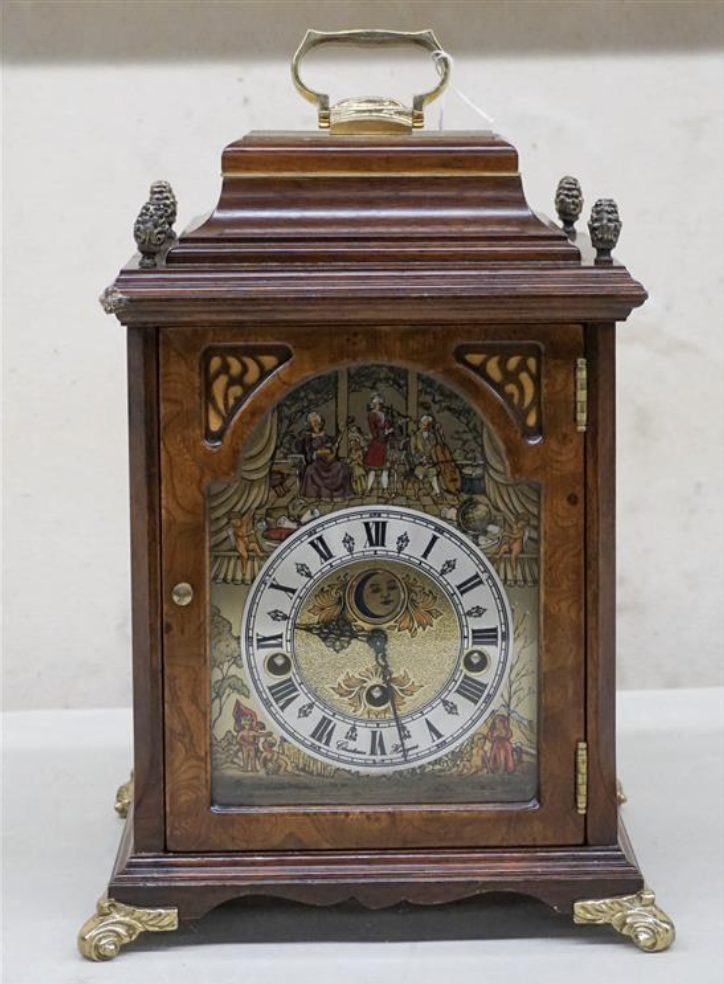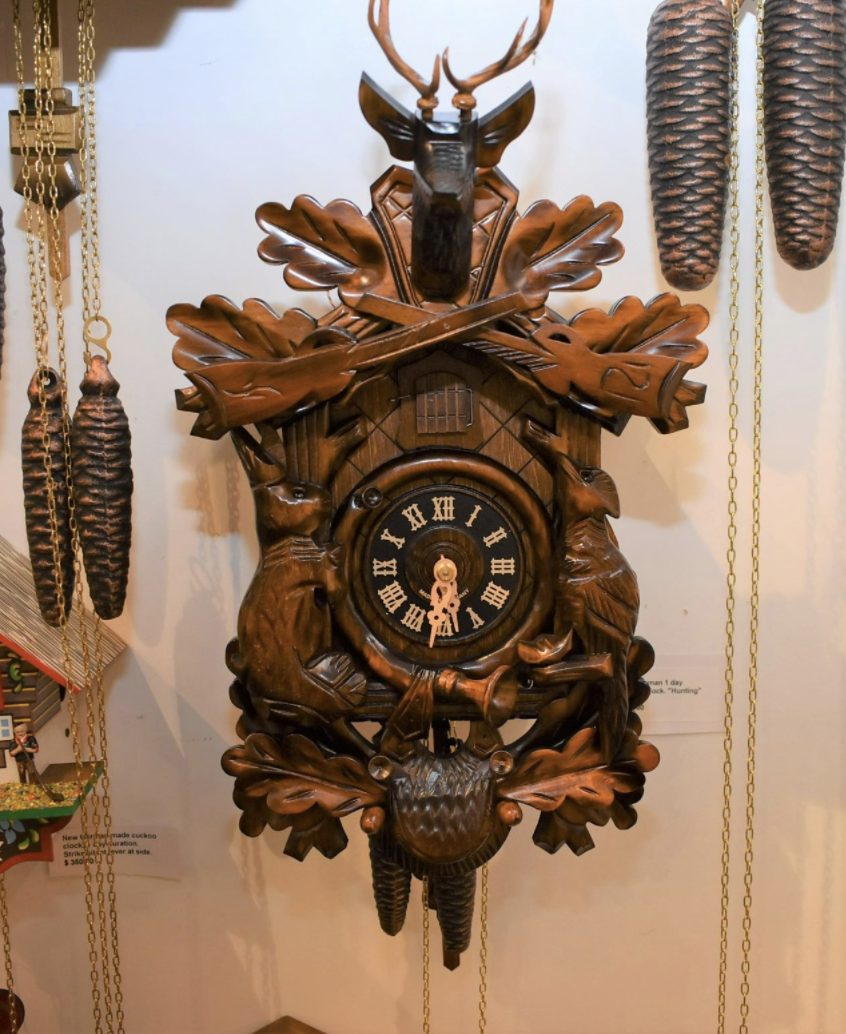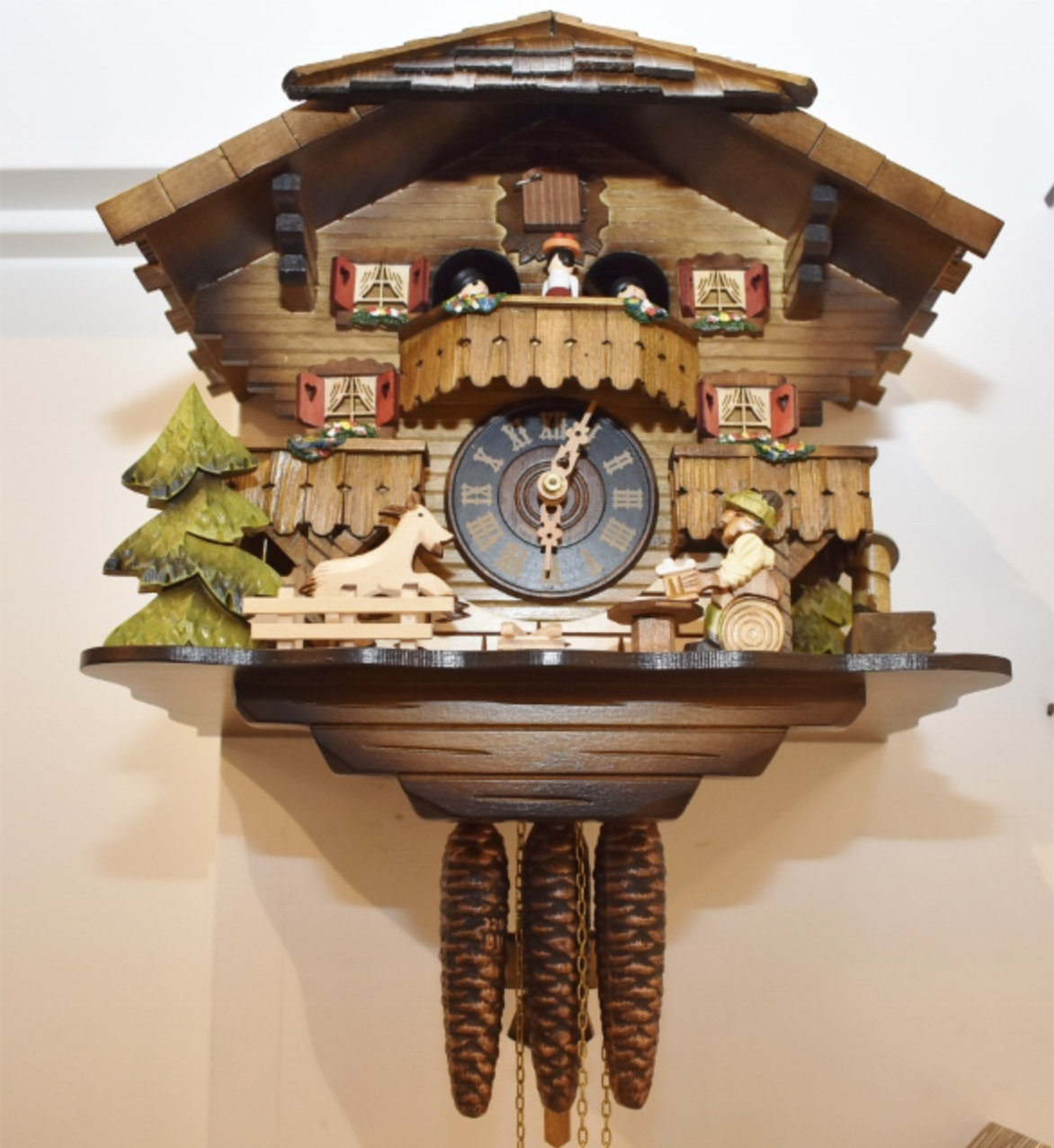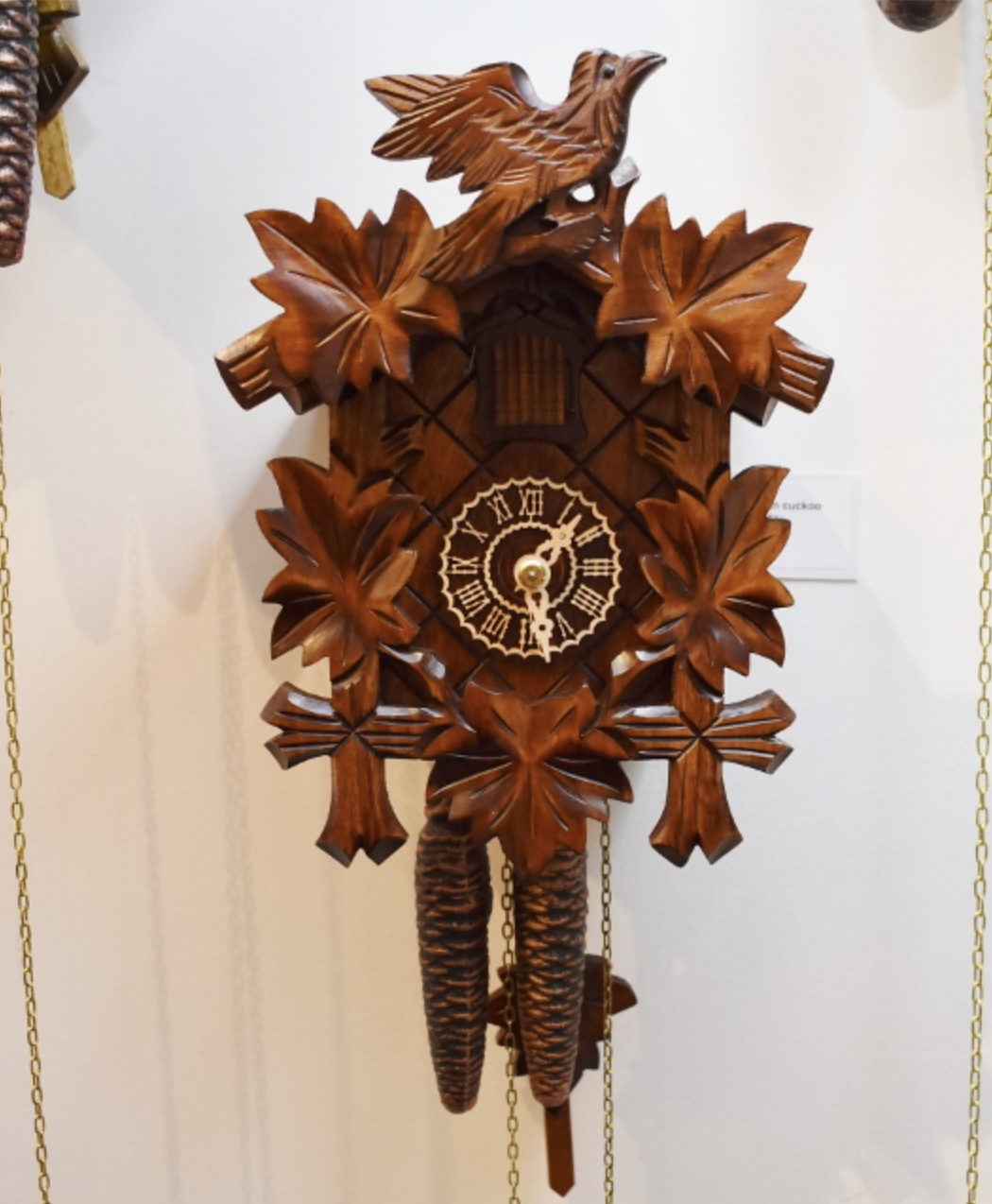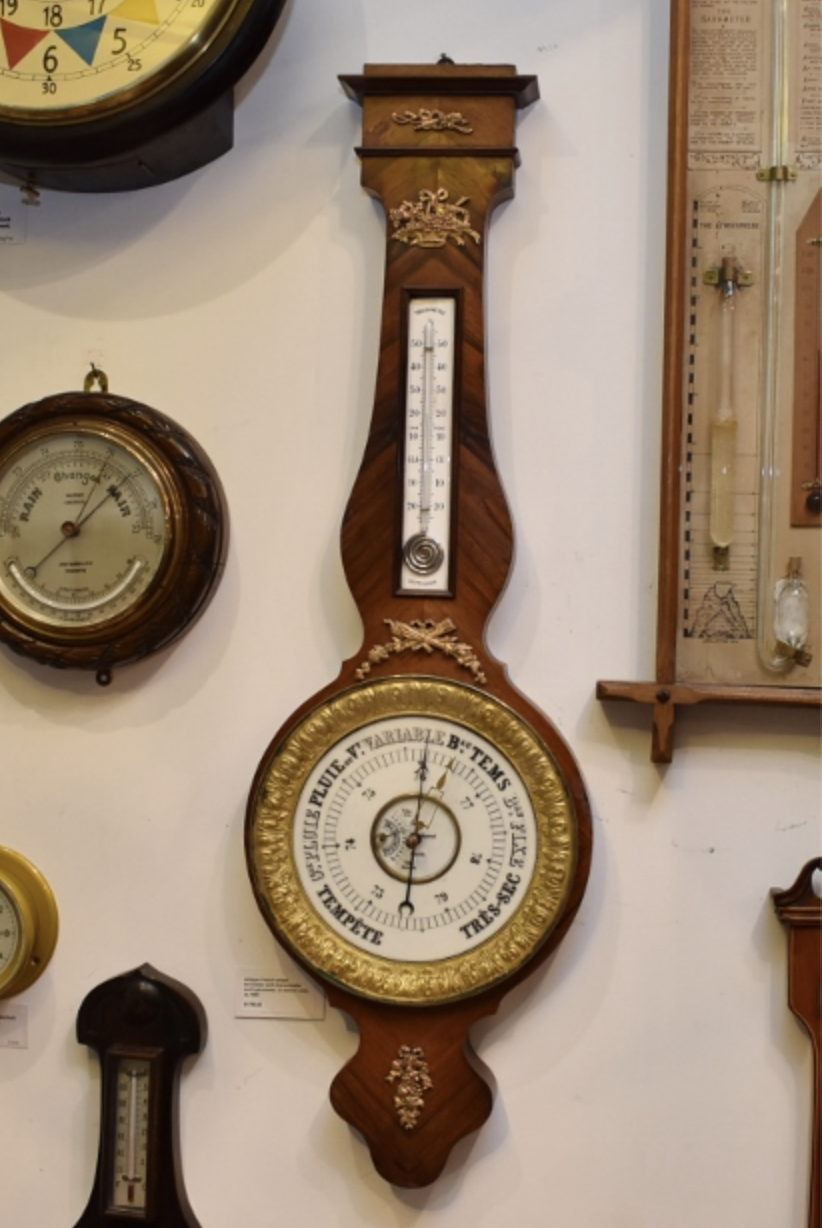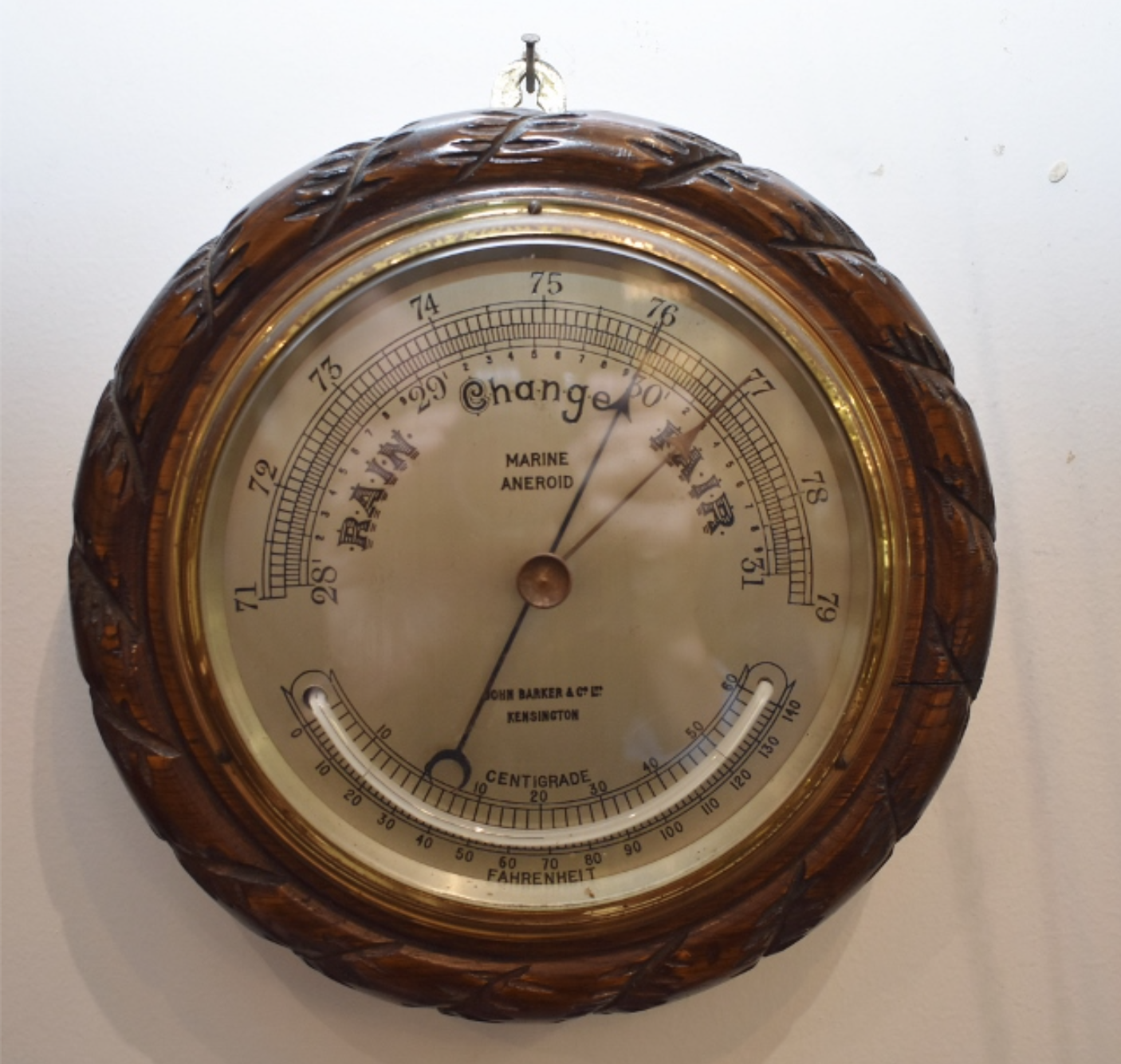What Is the Difference Between Antique and Vintage Clocks?
When you hear the words antique and vintage you probably think they are descriptive terms that essentially have the same meaning. What important to remember is that vintage of antique does not mean the same thing. They have similar meanings, but the differences are important because they can be quite significant. Any clock that is considered an antique is at least 100 years old. Any clock that is considered vintages if at least 40 years old but hasn’t hit the century mark yet.
Does this mean that antique clocks are superior to vintage clocks? That depends on who you ask, it’s all a matter of taste. It’s kind of like being an afficionado or cars. Perhaps you prefer foreign cars over classic muscle cars, that doesn’t mean foreign cars are better, it just means that they are different. The same is true for antique clocks and vintage clocks. Antique clocks are not necessarily better, but they are frequently more valuable, and they usually give off a more sophisticated vibe.

How can you know if an antique or a vintage clock is the right choice for you? That’s a personal decision, but you really can’t go wrong in either case. What you should do is decide what suits your tastes, then make your choice based off of that. You may be surprised if you start out seeking an antique clock, then end up falling in love with a vintage one instead. You’re just as likely to have things go the other way around, and end up with an antique clock when a vintage one was what you were initially interested in.
Your best option is to think about what look you are interested in, then use this as a starting point for shopping around. You should never feel pressured to decide, buying a vintage or antique clock may end up being a significant investment, and when spending your money, you can never be too careful.
Are you still uncertain of what type of clock you should purchase? Well, vintage clocks often evoke feelings of nostalgia since they are more modern, and they may have even been constructed during your lifetime. For example, if you grew up in the 70s, buying a clock from this time may help you to remember your glory days and brighten up your day for a brief moment each time you check the time.
Now, with antique clocks there is less of a sense of nostalgia involved because they are at least a century old, and it’s pretty unlikely that you’re out clock shopping if you’re over 100. Antique clocks have more of a timeless beauty to them that adds more class and character instead of nostalgia to a room.
If you’re still struggling to make a decision, or you don’t even know how to get started, perhaps enlisting the help of an expert is in order. If that’s something you’re interested in, then you’ve come to the right place. We have a team of experts that are highly knowledgeable about all types of clocks, and they would be more than happy to offer you a no pressure, consultation to help you narrow down your choices.







